Government Initiatives and Funding
Government initiatives and funding play a pivotal role in shaping the Smart Infrastructure Market. Many governments are prioritizing investments in smart infrastructure to enhance public services and promote economic growth. For example, various countries have launched national strategies aimed at developing smart cities, which include substantial financial allocations for infrastructure projects. In recent years, funding for smart infrastructure initiatives has surged, with estimates suggesting that investments could reach trillions of dollars by 2030. This financial support not only accelerates the adoption of smart technologies but also fosters collaboration between public and private sectors, driving innovation and efficiency.
Urbanization and Population Growth
Rapid urbanization and population growth are driving the Smart Infrastructure Market to evolve. As urban areas expand, the demand for efficient infrastructure solutions becomes increasingly critical. It is projected that by 2030, nearly 60% of the world's population will reside in urban areas, necessitating the development of smart cities equipped with advanced infrastructure. This shift presents opportunities for innovative solutions in transportation, energy management, and waste management. The increasing strain on existing infrastructure systems highlights the urgency for investments in smart technologies that can support sustainable urban development and improve the quality of life for residents.
Integration of Advanced Technologies
The Smart Infrastructure Market is experiencing a notable shift towards the integration of advanced technologies such as artificial intelligence, machine learning, and big data analytics. These technologies enhance operational efficiency and decision-making processes within infrastructure systems. For instance, predictive maintenance powered by AI can significantly reduce downtime and maintenance costs. According to recent estimates, the adoption of AI in infrastructure management could lead to a reduction in operational costs by up to 30%. This trend indicates a growing recognition of the need for smarter, more responsive infrastructure solutions that can adapt to changing demands and optimize resource utilization.
Focus on Sustainability and Resilience
The emphasis on sustainability and resilience is increasingly influencing the Smart Infrastructure Market. Stakeholders are recognizing the importance of developing infrastructure that can withstand environmental challenges while minimizing ecological impact. This trend is reflected in the growing adoption of green building practices and renewable energy sources. For instance, the integration of smart grids and energy-efficient systems can lead to a significant reduction in carbon emissions. Reports indicate that sustainable infrastructure investments could yield economic benefits of over 4 trillion dollars by 2030, underscoring the potential for smart infrastructure to contribute to a more sustainable future.
Rising Demand for Connectivity and Automation
The rising demand for connectivity and automation is a key driver of the Smart Infrastructure Market. As societies become more interconnected, the need for seamless communication between various infrastructure components intensifies. This demand is evident in the increasing implementation of smart transportation systems, intelligent buildings, and automated utilities. The market for connected infrastructure is projected to grow substantially, with estimates suggesting a compound annual growth rate of over 20% in the coming years. This trend indicates a shift towards more integrated and automated systems that enhance operational efficiency and improve user experiences.
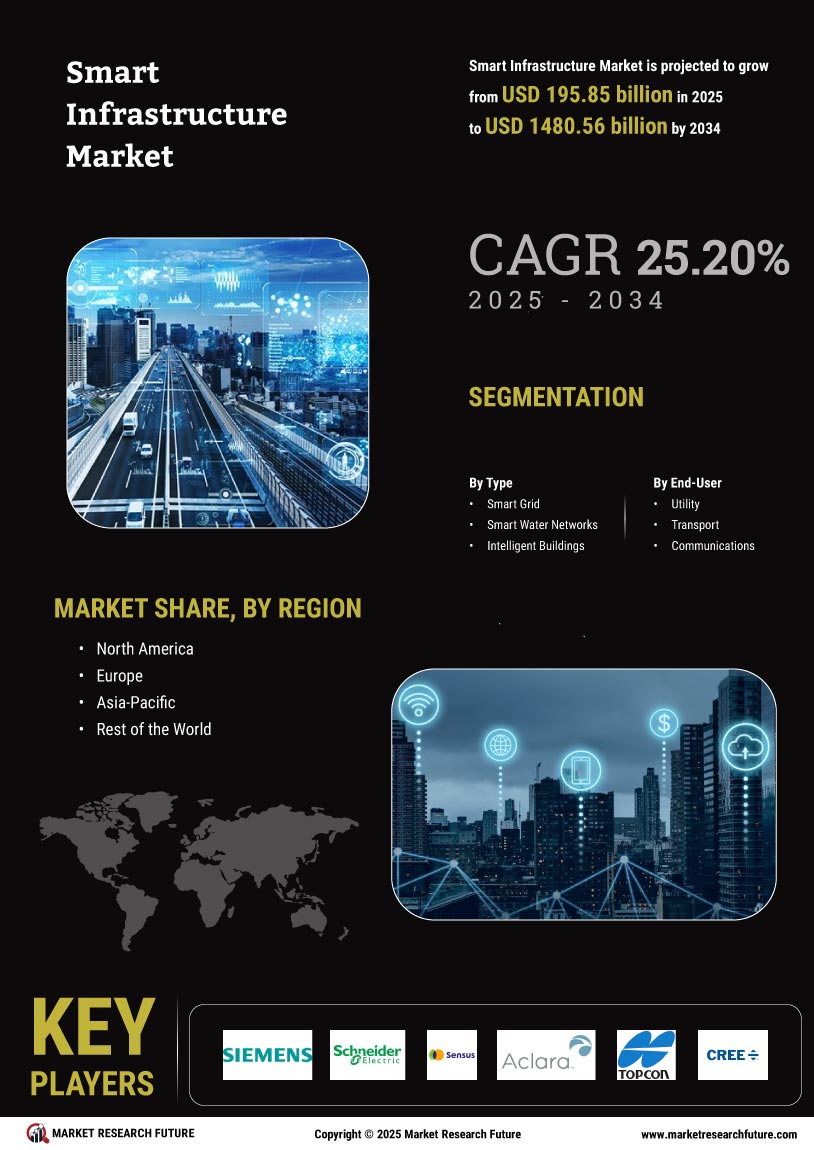

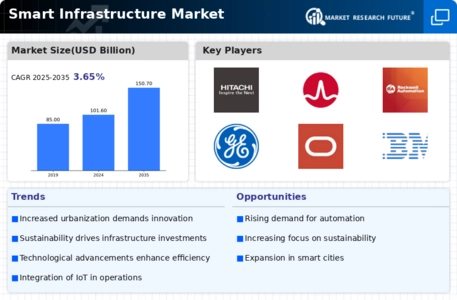
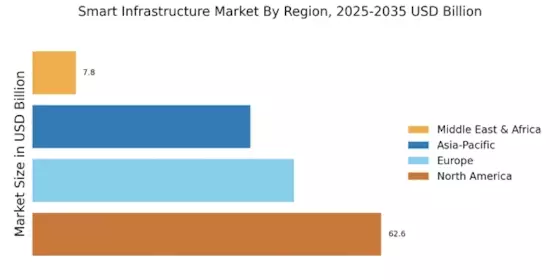

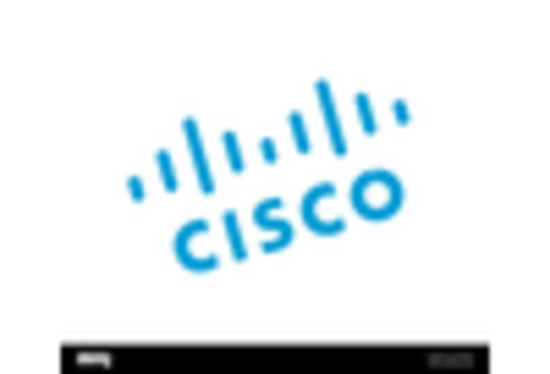
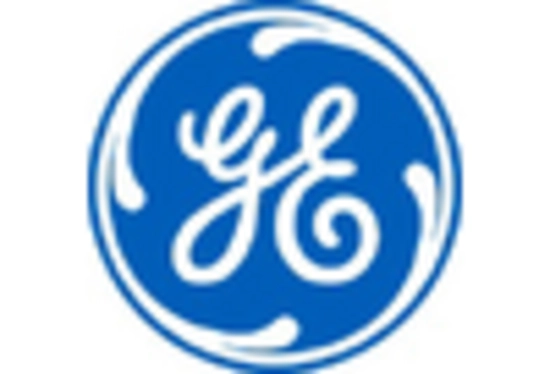











Leave a Comment